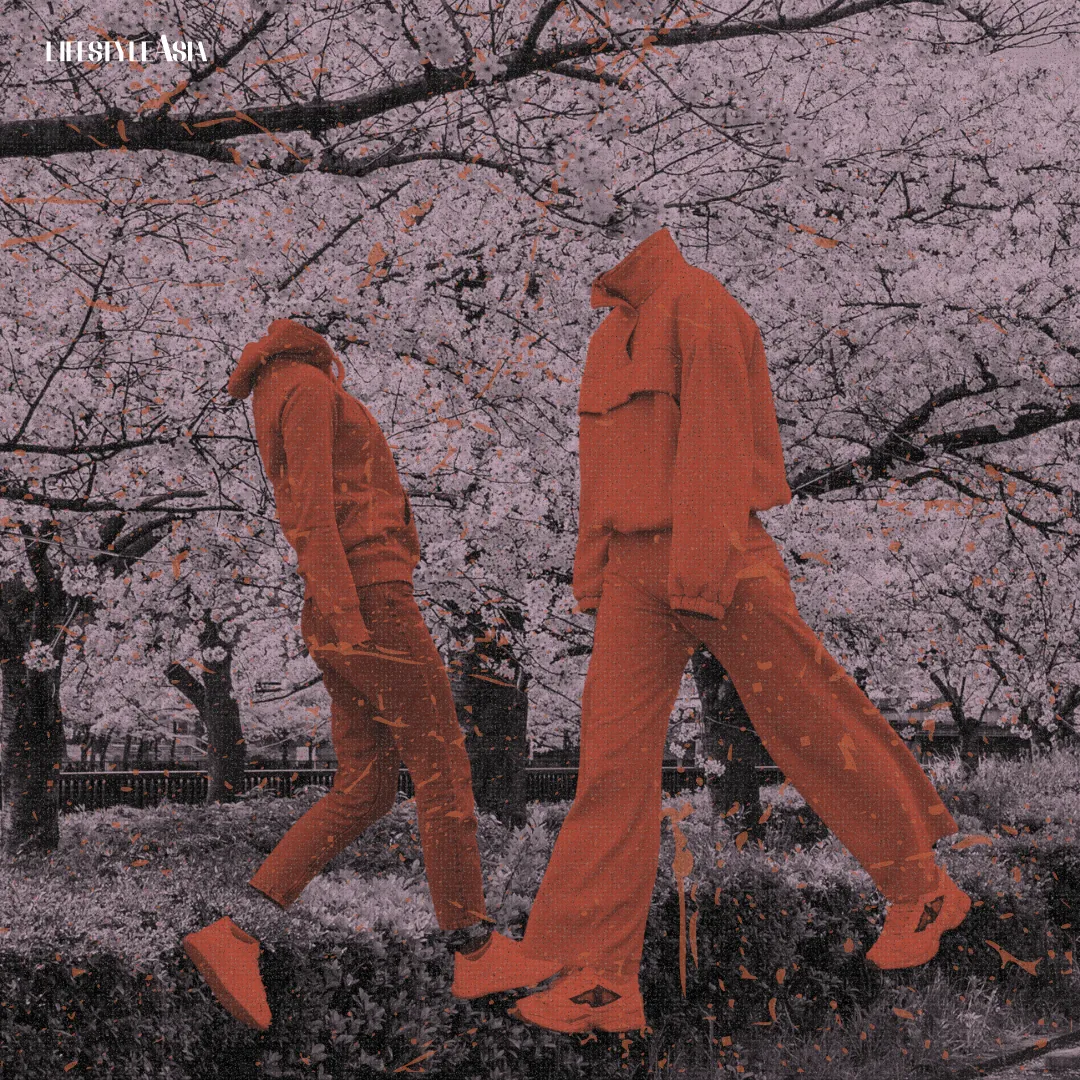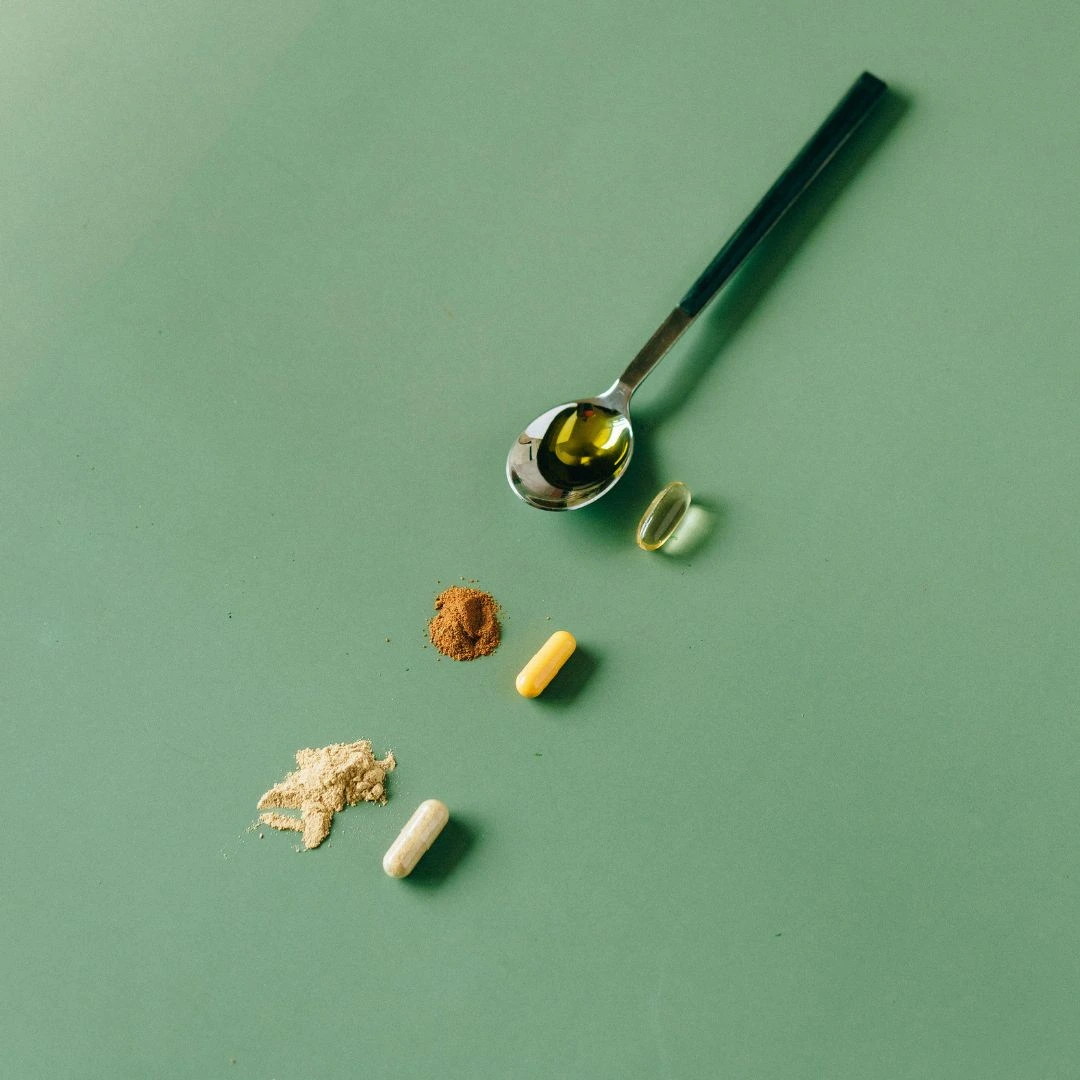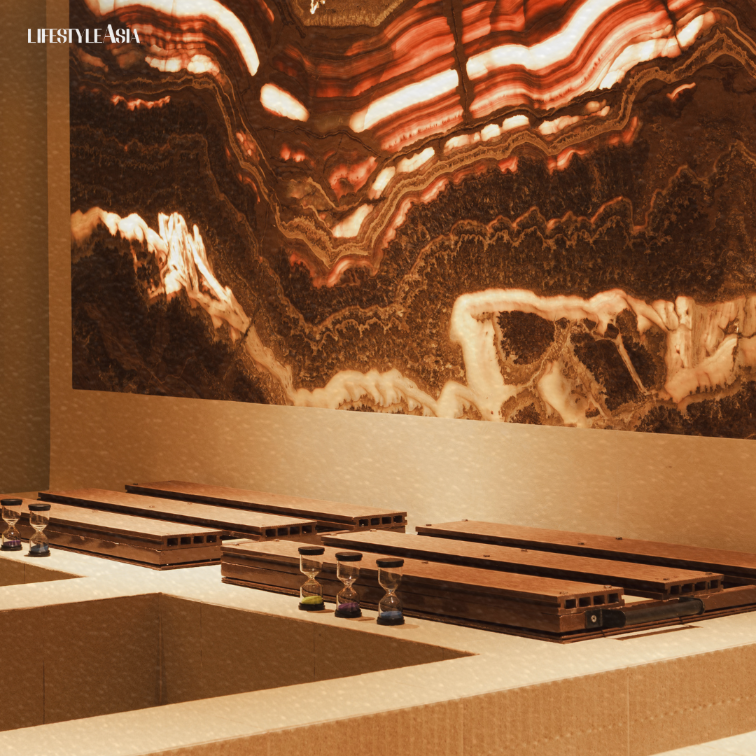This simple walking method from Japan is proven to lower blood pressure, reduce stress, and add years to your life—no gym required.
In recent years, a fitness trend from Japan has been capturing global attention: walking. This approach to walking isn’t just about putting one foot in front of the other; it’s a mindful practice that intertwines physical exercise with mental well-being, offering a holistic path to health and longevity.
READ ALSO: Why We Run: Inside the Resurgence of Running
What Is Japanese Walking?
We all walk. What makes “Japanese walking” different?
Japanese walking encompasses various styles, each rooted in traditional practices and modern wellness principles. One of the most popular methods is interval walking, which alternates between periods of brisk and slow walking. This technique has been shown to improve cardiovascular health, increase leg strength, and reduce blood pressure more effectively than continuous moderate walking.
But it’s not all about speed. Another deeply rooted practice is shinrin-yoku, or forest bathing–a slower, more meditative walk through nature designed to engage all five senses. Originating in Japan’s dense woodlands, forest bathing has been linked to reduced stress hormones, improved mood, and boosted immune response. Japanese health professionals often recommend it as a natural antidote to urban stress.
READ ALSO: Boston Marathon: My First Run to Boylston Street
The Science Behind The Steps
Scientific research has backed many of the benefits of Japanese walking methods. A notable study showed that adults who practiced high-intensity interval walking four or more times per week over five months experienced significant improvements in aerobic capacity, reductions in blood pressure, and increased knee extensor strength.
Beyond physical benefits, the mindful elements of these walking techniques also positively affect mental health. Research showed that engaging in shinrin-yoku and mindful walking helped reduce anxiety levels, improve mood, and enhance cognitive function, highlighting the importance of breath and posture in these practices.

Why It’s Gaining Popularity
The appeal of Japanese walking lies in its simplicity and accessibility. It requires no special equipment or gym membership, just comfortable shoes and a commitment to regular practice. This makes it an attractive option for people of all ages and fitness levels.
In urban environments like Tokyo, where daily walking is already a part of life, incorporating interval walking or shinrin-yoku into one’s routine is seamless.
Though no Tokyo, there are increasingly more spaces in Manila conducive to daily walking. Areas such as BGC Greenway, landscaped promenades in malls such as Bonifacio High Street and Ayala Malls Circuit, or Ayala Triangle on a Sunday, allow anyone to practice mindful walking. Whether you’re weaving through an open-air mall or escaping into a nearby park, Manila offers plenty of spots to bring a little bit of that Japanese walking magic into your daily routine.
A Global Movement
While rooted in Japanese culture, the benefits of Japanese walking are universal. As the world becomes more health-conscious, this trend is spreading globally, with people adopting these practices to improve their physical and mental well-being.
Whether it’s the structured approach of interval walking or the serene experience of forest bathing, Japanese walking offers a path to a healthier, more mindful lifestyle. By embracing this trend, individuals can work toward better health and longevity, one mindful step at a time.





